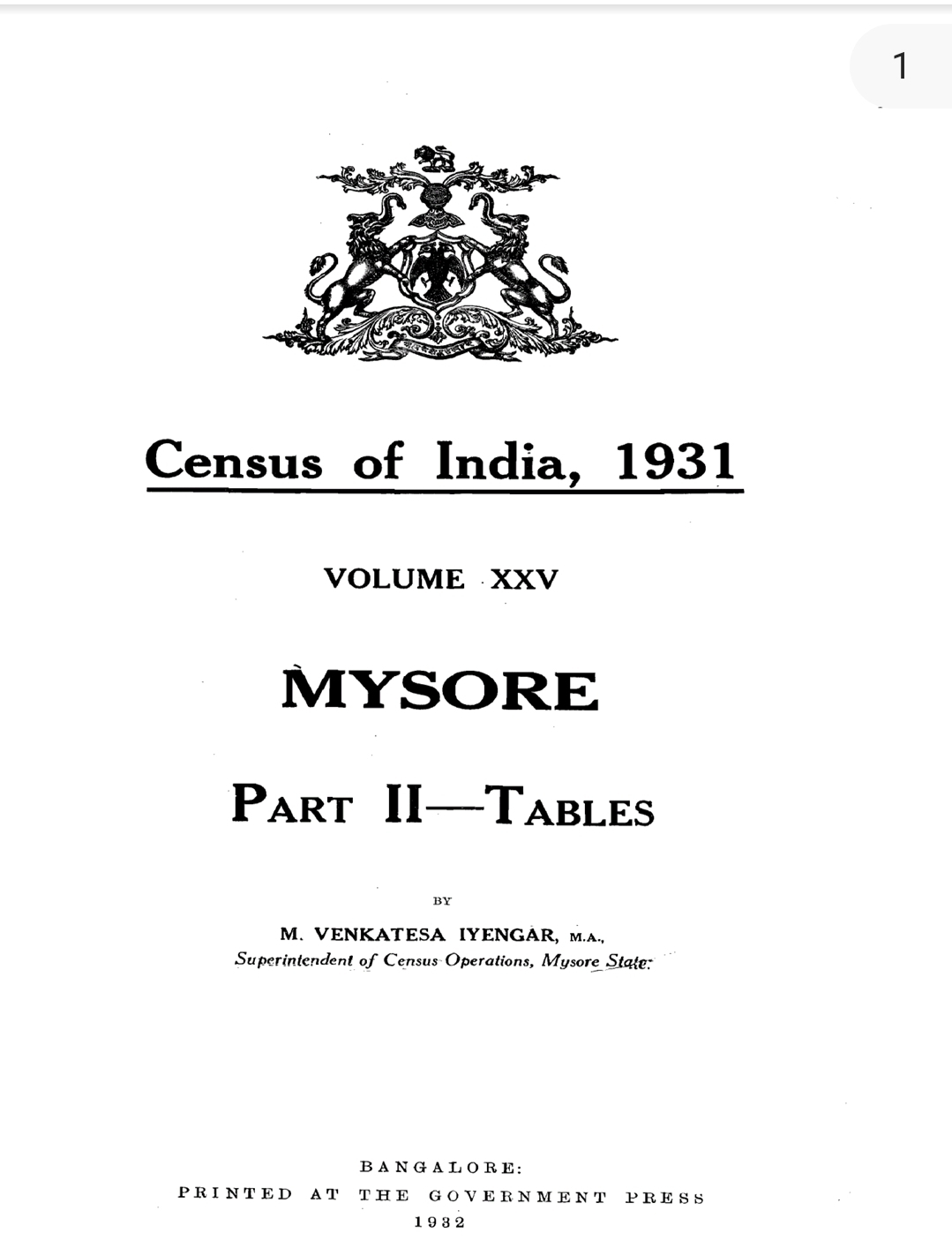Exploring the Utility and Artistry of Stripes in Handloom Sarees.
Stripes are a timeless and versatile design element that has been incorporated into handloom sarees for centuries.
From traditional weaves to contemporary creations, stripes add depth, texture, and character to sarees, making them a popular choice among fashion enthusiasts.
In this article, we delve into the utility and artistry of stripes in handloom sarees, exploring their significance, weaving techniques, and aesthetic appeal.
1.Historical Significance:
Stripes have been a prominent feature in textile design across cultures and civilizations, symbolizing various meanings such as status, identity, and cultural heritage
In India, stripes have been used in handloom sarees for centuries, with different regions showcasing their unique weaving techniques and patterns.
2.Versatility and Utility:
Stripes add versatility to handloom sarees, allowing them to be styled in different ways for various occasions.
Thin stripes create a subtle and elegant look, suitable for formal events and office wear, while bold stripes make a statement and are perfect for festive occasions and celebrations.
Additionally, stripes can visually elongate the silhouette, creating a flattering effect for different body types.
3.Weaving Techniques:
Handloom weavers employ various weaving techniques to create stripes in sarees, including dobby, jacquard, ikat, and hand-painted stripes.
Dobby and jacquard looms enable weavers to create intricate stripe patterns with precision and consistency, while ikat involves resist dyeing the yarn before weaving to create striped motifs.
Hand-painted stripes add an artistic touch to sarees, with skilled artisans meticulously painting each stripe by hand, resulting in unique and one-of-a-kind creations.
4.Aesthetic Appeal:
Stripes come in a wide range of colors, widths, and orientations, offering endless possibilities for creative expression in handloom sarees.
Horizontal stripes create a classic and timeless look, while vertical stripes add height and elongate the silhouette.
Diagonal and chevron stripes add movement and dynamism to sarees, making them visually appealing and modern.
5.Contemporary Interpretations:
Contemporary designers and weavers are reinterpreting traditional stripe motifs in innovative ways, incorporating them into modern saree designs.
Stripes are being combined with other design elements such as checks, florals, and geometric patterns to create unique and eclectic sarees that appeal to the modern woman.
Stripes play a pivotal role in the utility and artistry of handloom sarees, adding depth, texture, and character to these timeless garments.
Whether subtle or bold, traditional or contemporary, stripes continue to captivate fashion enthusiasts with their versatility and aesthetic appeal.
As we celebrate the rich heritage of handloom sarees, let us appreciate the beauty and craftsmanship of weavers and stripes and their enduring influence on Indian textile design.
The Warp and Weft Society:
https://chat.whatsapp.com/G0GlK16k5nMJIeLRhYgXL1
https://www.facebook.com/groups/639106918190039/?ref=share_group_link
#828






Comments
Post a Comment